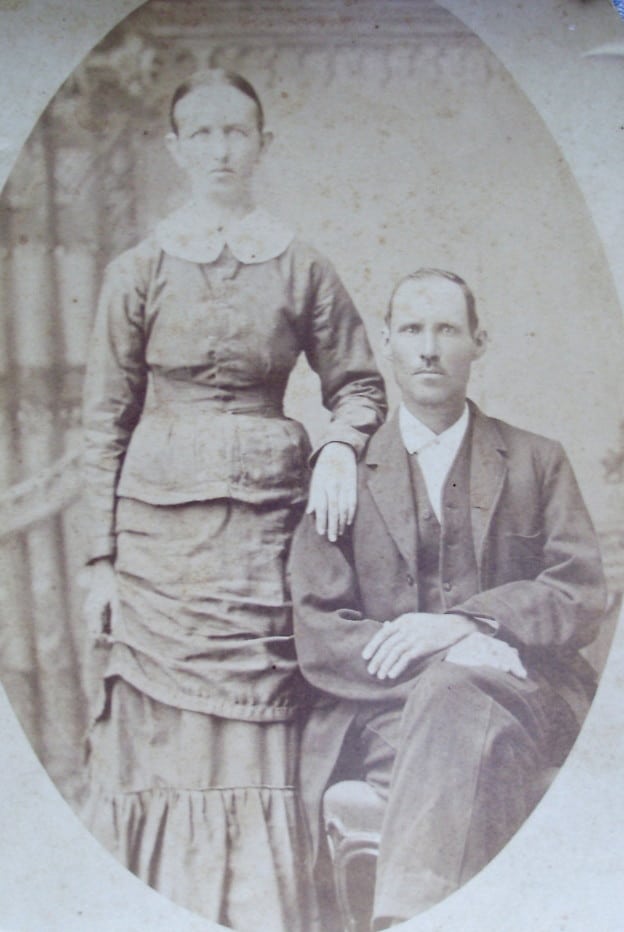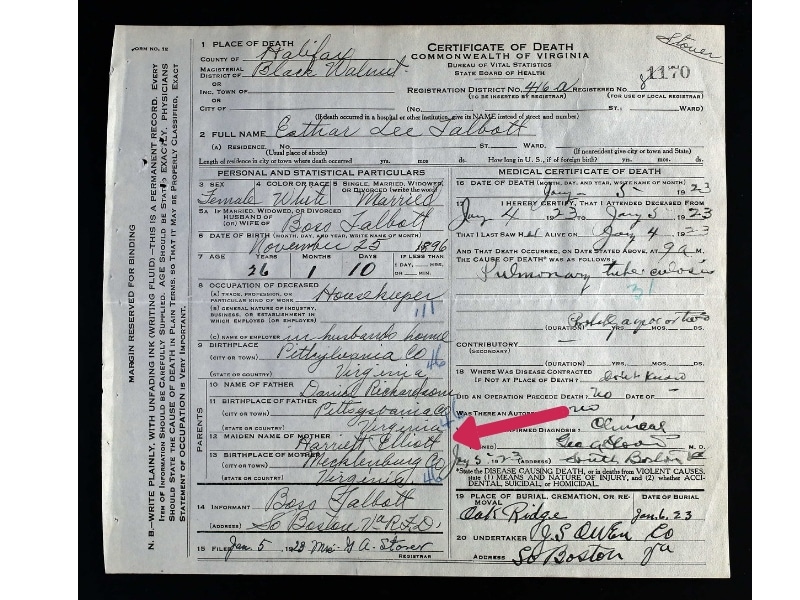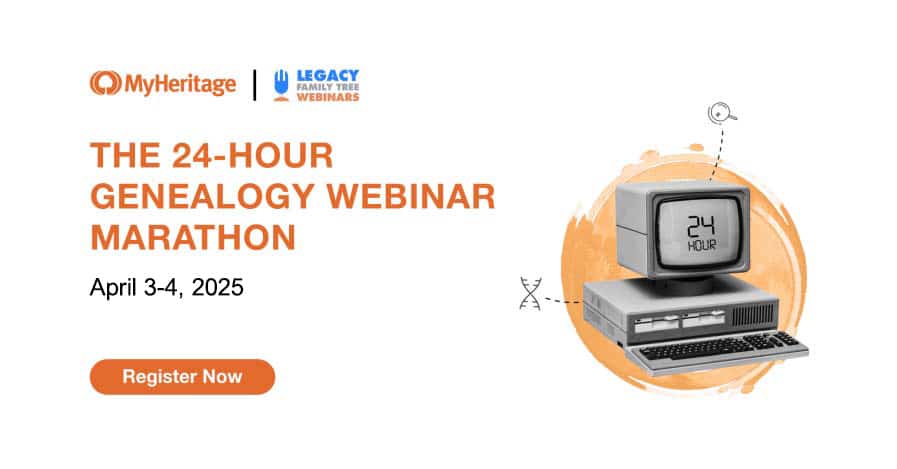Researching our female ancestors can be a challenge!
Early laws and traditions meant females did not generate many of their own records.
Names changed upon marriage and multiple marriages meant multiple surnames. Determining your ancestor's maiden name can be especially difficult.
Often we need to take our focus off of our female ancestor and place that focus on the people around her. Shifting your focus can lead to clues about that elusive female ancestor and her maiden name.
4 Places to Search For Clues to the Maiden Name of Your Female Ancestors
1. Check the Marriage Record
Yes, checking the marriage record is an obvious first step, but did you glean all the clues important to your search? If a marriage is a second marriage, her married name may be the one listed on the document – not her maiden name. In this case, look closely at all of the names on the document. Identify each person and their relationship to the couple. Close family friends of both the bride and the groom often served as witnesses. Potentially, a male relative of the bride can be found providing the researcher with a new research path.

2. Research a Female Ancestor's Death Certificate (or Death Record)
Death certificates in the U.S. are relatively "modern" genealogy record. Most states did not begin using a formal death certificate until the 1900's. Death certificates did (and still do) ask for the deceased's parents' names including the mother's maiden name.
If the maiden name is not listed, take a close look at the informant's name. The informant is often someone related to the deceased and could be a brother, uncle, etc. Determine the relationship of the informant to the deceased and research this person if warranted.
3. Explore a Female Ancestor's Children
A woman can be found in her children's records. Tip: Thoroughly research ALL of a woman's children.
Check each child's death certificate or death record for the mother's maiden name. For example, a search for the maiden name of Harriet Richardson (wife of Daniel T. Richardson), can include analyzing the death certificate of the couple's daughter Esther Richardson Talbott. Harriet Richardson's maiden name is revealed as Elliott.

Example of Mother's Maiden Name State on Death Certificate (Source: Ancestry.com)
Explore the middle names of a woman's children. In the U.S., using a mother's maiden name for a child's middle name was (and still is) a common practice. If you are researching outside the U.S. or within a specific ethnic group, learn the common naming patterns. You will then be able to pick out maiden name clues if they exist.
4. Analyze Your Ancestor's Census Record
Census records are not typically a place we search for a woman's maiden name. Clues to a maiden name do exist within these records, but can easily be overlooked.
Once you find your married female ancestor in a census record, look closely at the members of the household. Are one or both of her elderly parents living in the home? A brother and/or an unmarried sister perhaps?
Alternatively, look at the neighbors. Do you find any potential candidates for her parents? Is anyone about the right age to be her parents living close? Anyone with a surname that appears as one of her children's names? Research those individual's records for potential clues to your ancestor.
Finding a female ancestor's maiden name is frequently not an easy or quick task. Researchers can easily miss clues to her name in the records. Shifting the focus of your research to those individuals surrounding your female ancestor can provide the researcher with clues to continue the search.
Learn more about Finding Females in these seven Legacy webinars.
___________________________________
Lisa Lisson is the writer, educator and genealogy researcher behind Are You My Cousin? and believes researching your genealogy does not have to be overwhelming. All you need is a solid plan, a genealogy toolbox and the knowledge to use those tools. Lisa can be found online at LisaLisson.com , Facebook and Pinterest.




Newspapers can be invaluable, IF they are online! My ancestors seemed to be willing to hide, as the areas they settled in didn’t have newspapers on a regular basis. Very small towns in rural farming counties…